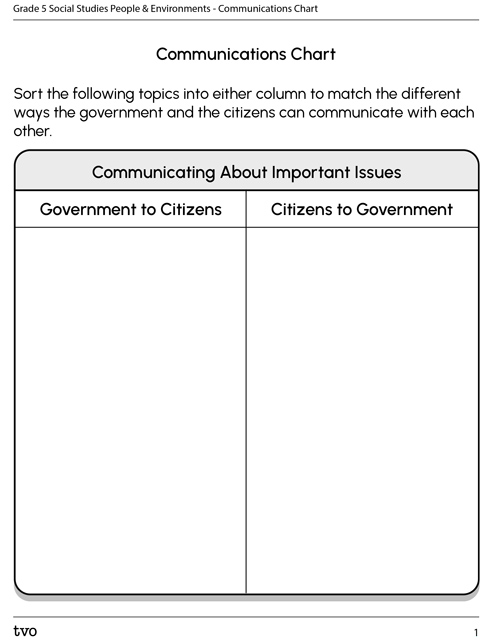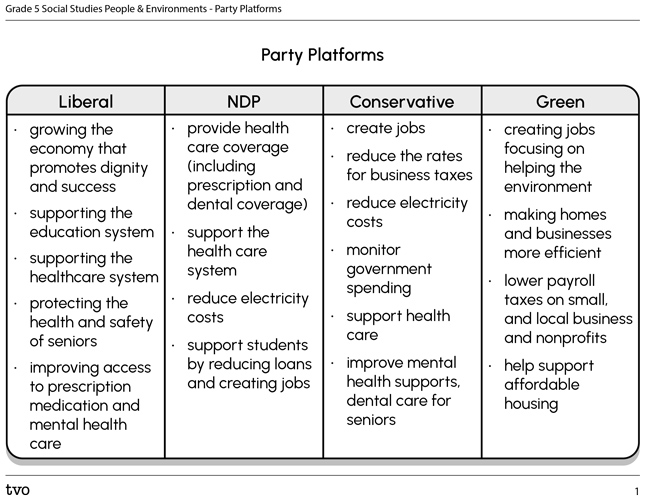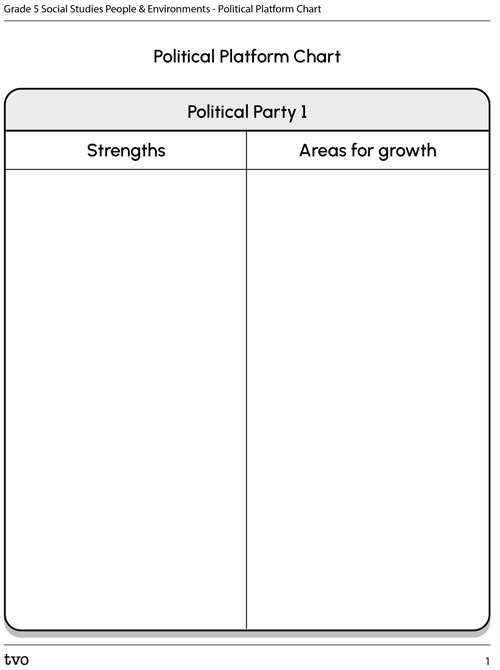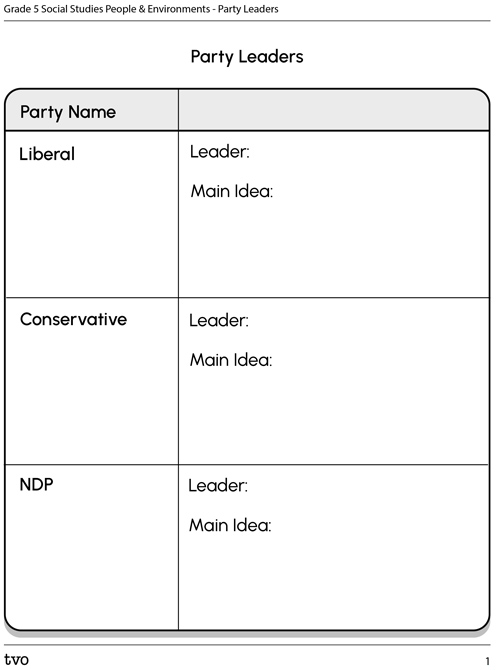Minds On
How can we communicate with the government?
Explore the following images. What are these items and when are they used?


There are many ways that the government obtains feedback from its citizens. Consider the different ways that governments obtain feedback from citizens and how citizens can provide them with feedback.
These different forms of communication are important in a democracy because the citizens can then provide their opinions.
Press Definition to explore the meaning of the term democracy.
Complete the following fillable and printable document Communications Chart. You can also complete this activity in your notebook or using a method of your choice.
You will explore the table below and match the different ways the government and the citizens can communicate with each other.
Sort the following topics into either column to match the different ways the government and the citizens can communicate with each other.
| Government to Citizens | Citizens to Government |
|---|---|
|
|
|
Topics:
Petitions, town hall meetings, public hearings, protests, boycotts, Supreme Court challenges, volunteer organizations, band council meetings, writing to MPs, MPPs, or MLAs, Métis general assemblies, referendums, nation-to-nation discussions with First Nations and/or Inuit governments, commissions of inquiry, asking local election candidates about their opinions on an issue, social media
Press Hint to access suggested answers.
| Communicating about Important Issues | |
|---|---|
| Government to Citizens | Citizens to Government |
|
Elections Town Hall meetings Band Council meetings |
Voting Writing to MPs, MPPs, MLAs |
Action
Elections and voting
An important role for any Canadian citizen is to vote in municipal, provincial/territorial, and federal elections.
Citizens have the opportunity to select the person, or platform, which they most agree with.
This is a way that citizens can take action and communicate their opinions with the government.
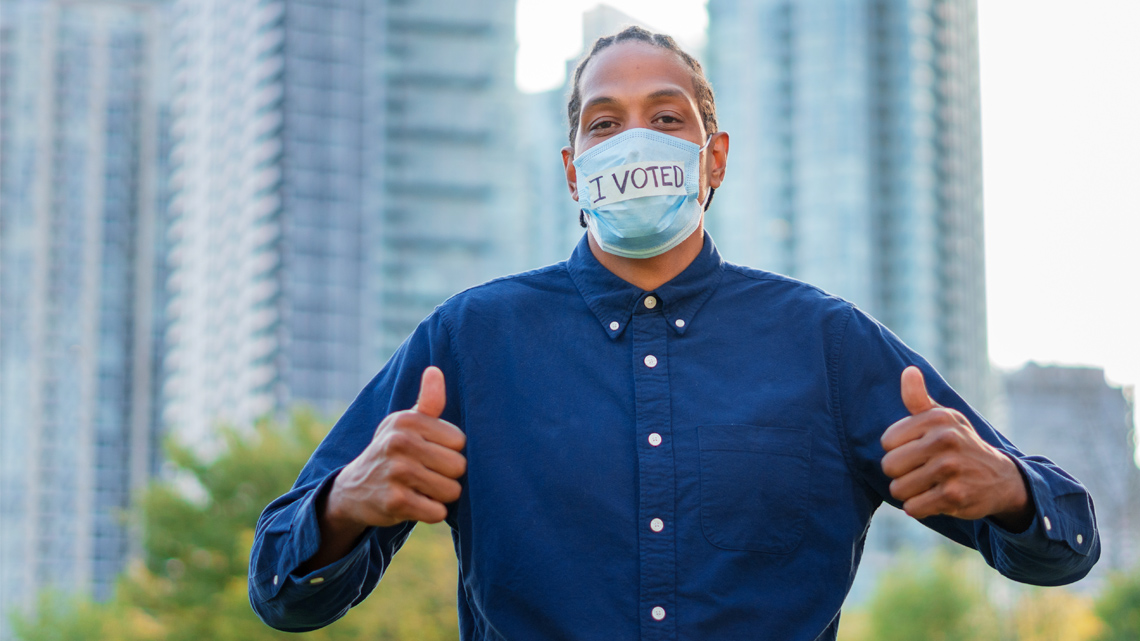
The voting process
Press each tab to access the following information to understand the voting process, how to vote, and any rules a voter needs to follower.
The following image is an example of a ballot. To cast a vote, you would have to clearly mark your choice with an x, a checkmark, or by shading it in. Then, this ballot is put into the ballot box. You vote is private from other voters.

- The candidate’s name (the person running for election)
- Their riding (the geographical area they are representing)
Brainstorm
Is voting a type of communication?
Would you consider the voting process as a way for citizens to take action and communicate their ideas?
Respond to this question in a method of your choice.

Student Tips
Think about it
Are citizens taking responsibility for their democratic rights? Are they stating their opinions about what is important to them?
Winning an election

To win an election, the candidate who wins the most votes in each electoral district is the winner. That candidate has now won a "seat" for their political party in Parliament. All the seats are counted for each political party to determine which party is the winner.
Voting in Ontario
In Ontario there are different political parties, each with their own ideas and opinions. During an election, citizens will vote for the person in their riding that they believe will best represent them. The candidates can be part of a party or running independently.
Political parties in Ontario
For the next activities, you will be focusing on the 2018 Ontario election which was the 42nd election in Ontario history.
The following video outlines the major Political Parties in Ontario in 2018 and their party’s platform. A party platform shares the issues that are important to the party.
Now that you have explored the video, respond to the following questions in a method of your choice:
- What are the four major political parties in Ontario?
- Are there more than four political parties in Ontario?
- What were some of the main focuses of each party in the 2018 election?
What are their platforms?
Each political party has a platform that represents their focus and the issues that matter to them for each election.
Use the following printable document Party Platforms, as well as information from the previous video, and/or your own research to learn more about each platform.
The following document focuses on the core values of each party during the 2018 Provincial Election. As you explore, think about some of the similarities and differences between each party’s goals and ideas.
Which political party would you vote for? Why would it be important for you to cast this vote?
Record you answers in a method of your choice.
True or False?
Using information from this learning activity, complete the following true and false questions. If they are false, record how to make them true using a method of your choice.
Press Hint to explore suggested answers.
- False - Conservative, Green, Liberal, and NDP are the four main parties in Ontario.
- False – there are advanced polls and special ballots that are mailed in.
- False – A member of Parliament (MP) is a part of the federal government and a member of Provincial Parliament (MPP) is a part of the provincial government. MPs are voted for during Federal elections and MPPs are voted for during Provincial elections.
Consolidation
What makes a parties’ platforms strong?

Explore the chart and/or other resources and choose two Ontario political parties.
List what makes their party platform strong and what areas of growth are needed to make their party platform stronger.
Record you thinking in the following fillable and printable document Political Platform Chart. You can also complete this activity in your notebook or using a method of your choice.
Who would you vote for?
Based on the lists you made, pick one final political party you would choose to vote for.
Record your responses to the following prompts in a journal, on the computer, as an audio recording, or another method of your choice.
- What factors helped you reach your decision?
- Why did you choose this party?
- Now that you have picked the party you support, what is the voting process?
Review questions
Respond to the following questions. Record your ideas using a method of your choice.
- How might a city government gather the opinions of residents? Why might a government do this?
- Why is voting important?
Reflection
As you read through these descriptions, which sentence best describes how you are feeling about your understanding of this learning activity? Press the button that is beside this sentence.
I feel...
Now, record your ideas using a voice recorder, speech-to-text, or writing tool.
Press 'Discover More' to extend your skills.
Discover MoreIdentify the party leader and some of their main ideas for the five major political parties in Canada (Liberal, Conservative, NDP, Green, Bloc Québécois). Record your insights using the chart provided or another method of your choice.
Complete the following fillable and printable document Party Leaders. You can also complete this activity in your notebook or using a method of your choice.
